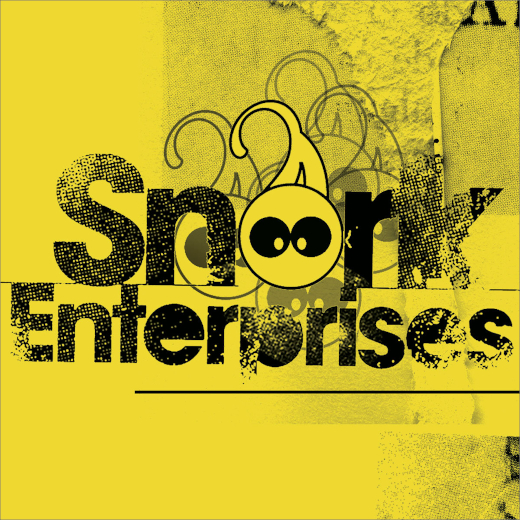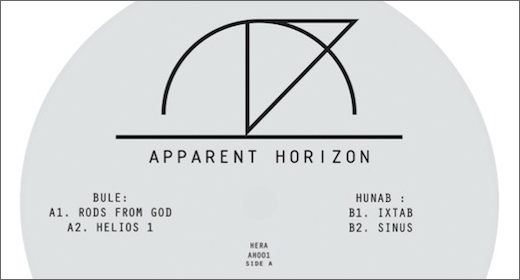13 is a fun experience. There’s a lot of danceable moments—but also a lot of more intricate explorations of techno, industrial, and electro with only six tracks to offer. The record manages to find a great balance between these genres, leaving you with some really memorable and catchy tunes, while also punching hard when it wants to.

Konerytmi amps things up significantly
Heavy bass, mechanical synths, and really stiff grooves, that’s all you need to make some old school electro. In 13, you don’t necessarily go all the way back to the ’80s, but you do get some really classic style of electronics, just with a far more polished sound granted by some newer equipment. Also very much in old school style, the compositions rarely ever drift away from their main groove, rather they tend to build on it, making them suitable for prolonged dance sessions.
The synthesizers have a very characteristic sound to them, the really gritty and thick synth sound you’d expect from early electro and techno, but it’s not like everything here is just latching onto the ’80s sound to call back to nostalgia; there’s also some interesting combinations, like it happens in the title track, which is very much industrial, a pairing that you wouldn’t usually get with older electro since it only surfaced later on—and mostly within techno too, and this track also sounds a lot like some of the very stiff ’90s industrial techno from the UK.
The one piece that really seals that ’80s sound is most certainly the opening track, “Elektrokone,” so much so that it may be a homage to early Detroit pioneers and/or Kraftwerk. The sound of the synthesizers is best described as vintage, a really round and punchy bass that acts as the track’s main motif, sounds definitely Juan Atkins inspired to an extent. The robotic vocals and noisy bleeps sound like they’re giving a nod to Germany instead, even though the track is overall a lot grittier than what Kraftwerk were doing in Computer World having an extra edge that makes it both harsher and far busier than any old school electronics. As I said, you shouldn’t think of this record solely as old school, because Konerytmi amps things up significantly.
Another example is the aforementioned title track, which is rather heavy. Not only do the kicks in this tune sound really fat, but the noise the track makes use of is quite unnerving too; it’s not even pure industrialisms such as metallic percussion or distortion, the noise is really sharp instead, acting more as an element of discomfort instead of as a part of the song that’s been rebranded as industrial—like one would do by simply switching up the sound of the drums to be harsher. It’s noise, playing on top of a pretty dark techno beat, an intense but definitely satisfying combination, even if the track could have been helped by a bit more variety overall.
Really impressive is “Klooni,” another older sounding piece. The straightforward synth melody works wonders, it makes the piece the catchiest on the whole LP, and the way the rest of the instrumental builds around it is really satisfying; again, you wouldn’t find anything this busy or progressive in the ’80s, which is why the record overall has appeal to it, it’s adding its own touch. There’s a lot of layers to this piece, but the part I like the most lies within the drums, as it’s the added layers there that really amp up the track and make it feel fuller and more gratifying.
The following “Mustavahti” does almost the exact opposite, always relying on its main groove and not playing too much with it; the added instrumentation on top is just as skeletal, and that’s the reason why I’m not too fond of the tune overall, as even its few variations in rhythm feel really unadventurous, as if they introduced a quick break or added a couple accents just to spice things up, but the core always remains more or less the same.
The last track, “138,” is a final moment of joy though, as it’s one of the darkest and heaviest pieces on the album; the track progresses really steadily at first, aiming to build up to a satisfying groove, while only later it also starts playing with tonal elements. It never gets catchy like other tracks do, instead it’s the kind of minimalism that “Mustavahti” could have strived for too, always being very subtle but adding just the right touches at the right moments to keep the song going.
Generally speaking, 13 is a fun experience. There’s a lot of danceable moments—but also a lot of more intricate explorations of techno, industrial, and electro with only six tracks to offer. The record manages to find a great balance between these genres, leaving you with some really memorable and catchy tunes, while also punching hard when it wants to. The catchier tracks are the ones that do best, but you should not discredit the heaviness and roughness of the heavier tracks, because even those will have you pumping blood faster.
13 is available on Snork Enterprises. [Bandcamp]



















![Pole :: Tempus Remixes (Mute) — [concise]](https://igloomag.com/wp/wp-content/uploads/2025/04/pole-tempus-remixes_feat-75x75.jpg)






![Hasbeen :: Bunker Symphonies II (Clean Error) — [concise]](https://igloomag.com/wp/wp-content/uploads/2025/04/hasbeen-bunker-symphonies-ii_feat-75x75.jpg)

